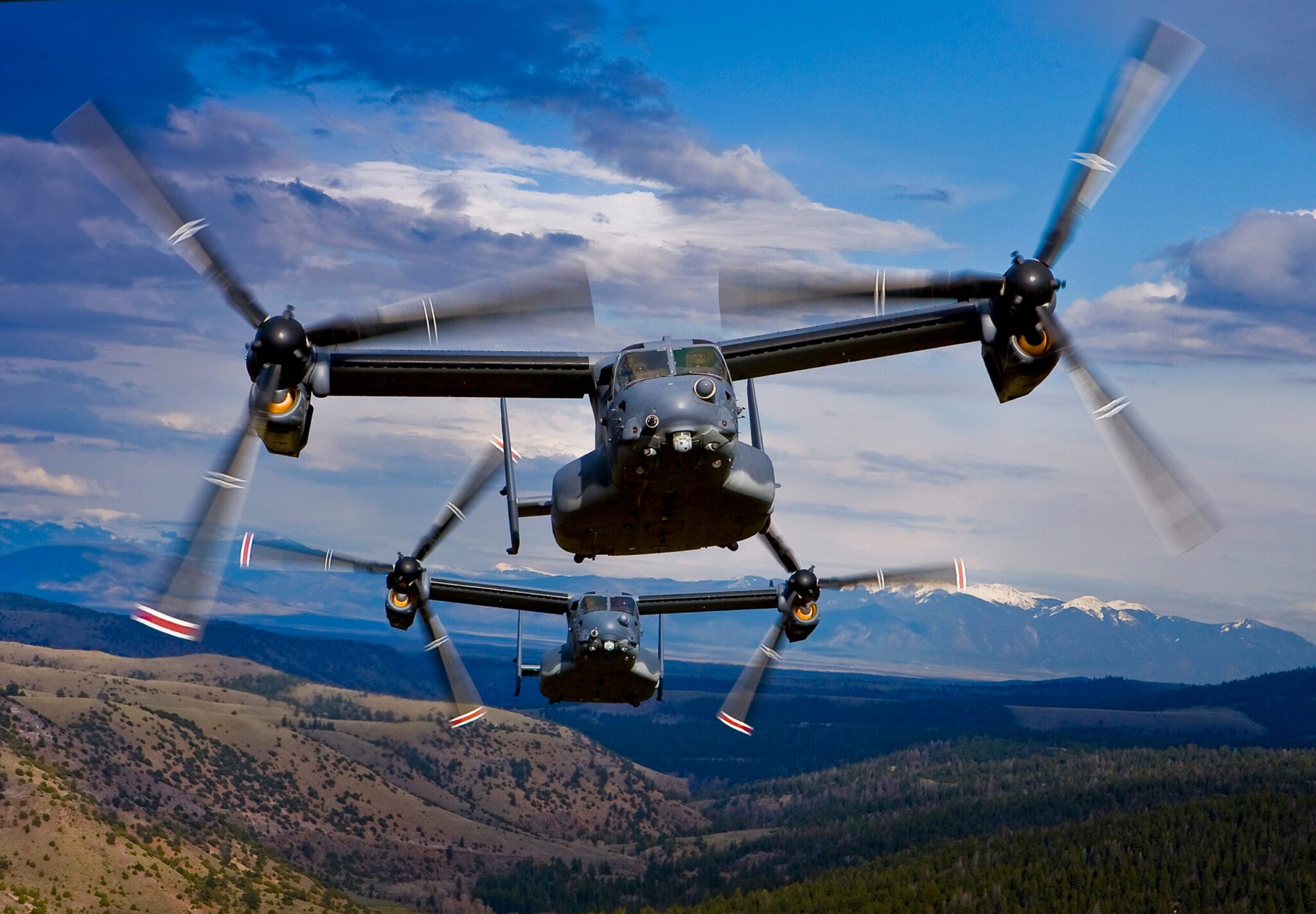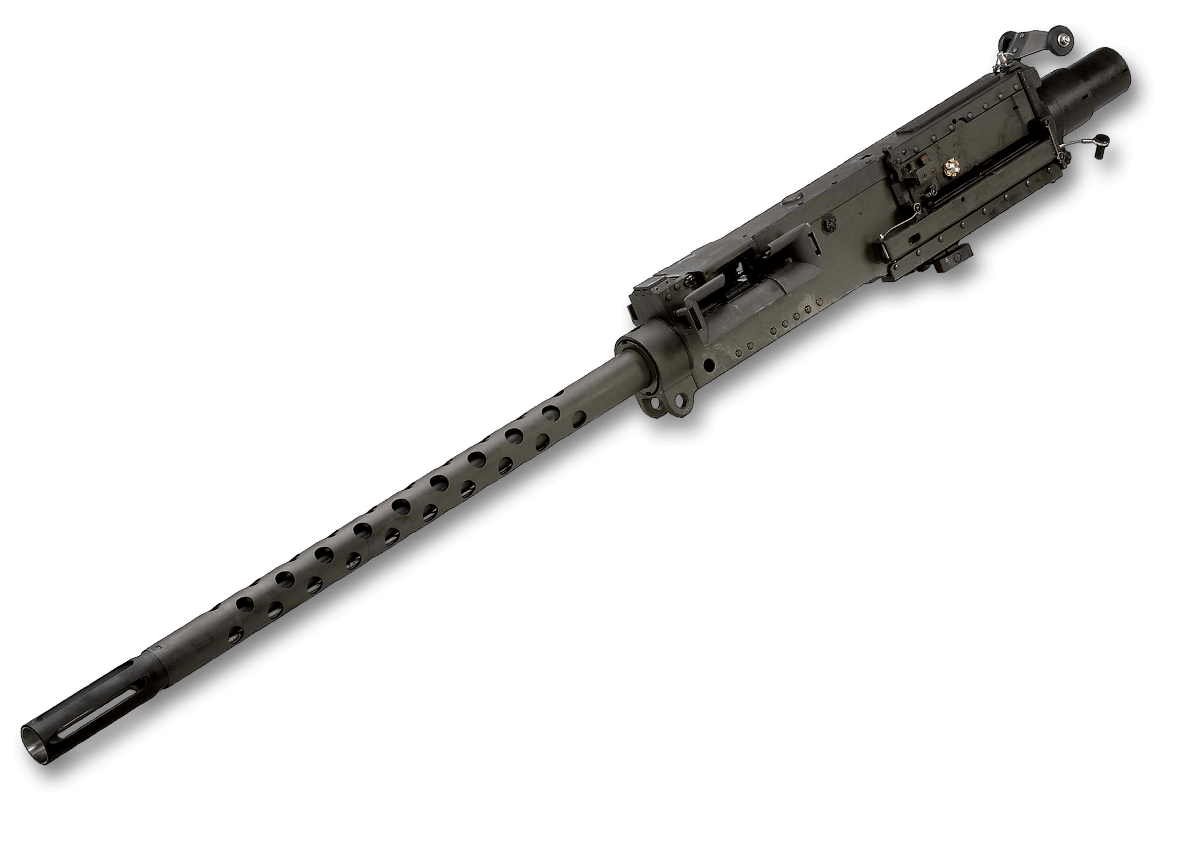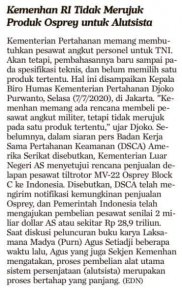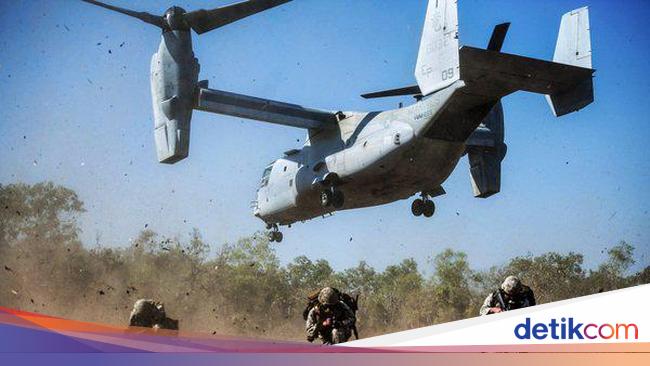Sandhi Yudha
Well-Known Member
This news is now everywhere.

 www.pilootenvliegtuig.nl
www.pilootenvliegtuig.nl
Even with an artist impression of the TNI-AD MV-22B.

 www.thedrive.com
www.thedrive.com

Indonesië mag MV-22 Block C Osprey's bestellen • Piloot & Vliegtuig
De exportcommissie van de Amerikaanse senaat heeft groen licht gegeven voor de verkoop van acht MV-22 Block C Osprey tiltrotor varianten aan de strijdkrachten van Indonesië.
Even with an artist impression of the TNI-AD MV-22B.

The V-22 Osprey Is Perfect For Indonesia And Now They Can Buy Them
For a country with 17,000 islands and unique national security concerns spread across them, the Osprey isn't cheap, but it will be a valuable tool.




